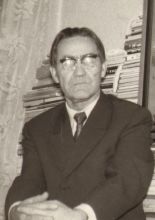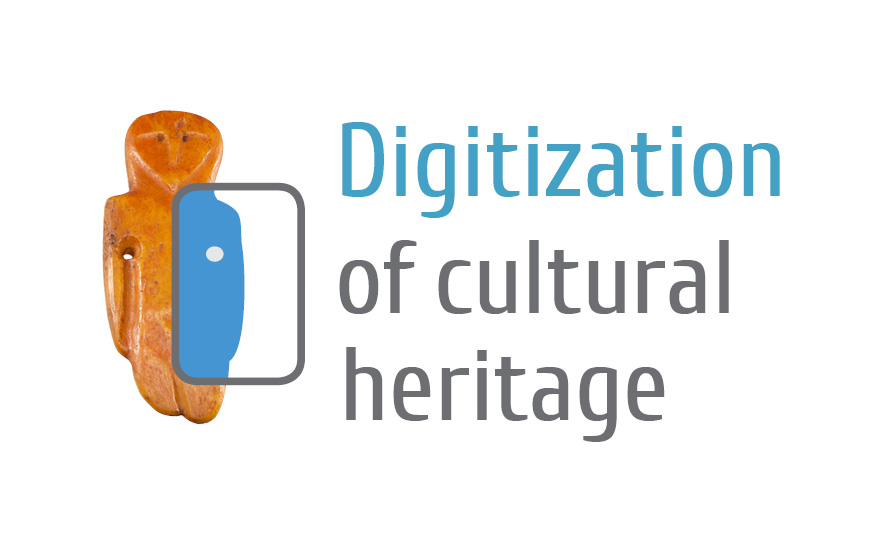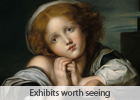-
-
Kaunas in the 20th century through the eyes of local historian Pranas Juozapavičius
Recently, we can notice an increasing interest in 20th century Kaunas, its history and architecture. Undoubtedly, the inter-war period get the most attention, when the city became the temporary capital of Lithuania and the entire cultural, political and social life of the state was concentrated in it. Along with this public interest, more and more people are starting to talk about the photographers who captured the city. Stanislovas Lukošius and Antanas Ingelevičius, one of the last ones who are currently being rediscovered, often delight people interested in the history of Kaunas with their photographs. In this virtual exhibition, we would like to present one more person - a local historian and museologist - Pranas Juozapavičius, who in the second half of the 20th century explored and captured the architectural heritage of Kaunas with a camera.
Most of the photographs related to the architectural heritage of Kaunas are stored in several photo collections of P. Juozapavičius - "Historical buildings, heritage objects", "Kaunas kiosks" and "Buildings related to historical figures". The photographs were mostly taken in the second half of the 20th century. The first set of photographs contains photographs of Kaunas micro-districts - Dainava, Petrašiūnai, Vilijampolė, Center, Senamiestis, Aleksotas, Aukštieji Šančiai, etc. The photographs capture various buildings and objects - the remains of the defensive wall of Kaunas Castle on Kęstutis and I. Kantas streets; the building where the first post office operated in Rotušė square; the house where the printing house of Saliamonas Banaitis operated in Rotušė square; Vytautas the Great Church; Žaliakalnis and Aleksotas cable cars; also disappeared, demolished buildings - the house at Laisvės avenue and Daukantas st. in the corner, where the Kaunas Department Store "Merkurijus" building was later built, etc. As the name suggests, the collection "Kaunas kioskeliai" consists of photographs of the city's small architecture - newsstands that stood in various parts of the city - in the Center, Panemunė, Šančiai, Žaliakalnis, Aleksotas and elsewhere. And the third collection, entitled "Buildings related to historical figures", records the wooden and brick buildings of the city where famous inter-war public figures lived - Petras Avižonis, Eduardas Volteris, Tadas Ivanauskas, Platonas Jankauskas and others. In the exhibition, we present a few images from each of the previously mentioned sets of photographs by P. Juozapavičius.
-
Virtual Exhibitions






